Garden trends come and go, and some fade quicker than the flowers they feature. It’s easy to get pulled in by what’s popular—especially when it’s all over social media or showing up in your neighbor’s yard—but not everything has staying power. A few months down the road, that once “must-have” look can start to feel out of place or just plain awkward.
On the other hand, some upgrades actually hold up. They add character, work with the space you have, and still look good season after season. If you’re trying to figure out what’s worth the time and effort (and what you might regret next spring), it helps to know which trends burn out fast and which ones actually age well.
Artificial Grass

Artificial grass may seem like a low-maintenance dream, but its allure fades quickly. Initially, its evergreen appearance is appealing; however, it lacks the softness and scent of real grass. Over time, exposure to sun and weather can lead to fading and wear, making it look unsightly. Additionally, it’s not environmentally friendly, as it doesn’t support local wildlife or biodiversity. Consider the tactile experience of walking barefoot on natural grass – something artificial versions simply can’t replicate. Choose drought-resistant grass varieties instead, which offer the same lush appearance without the environmental drawbacks.
Water Features with High Maintenance
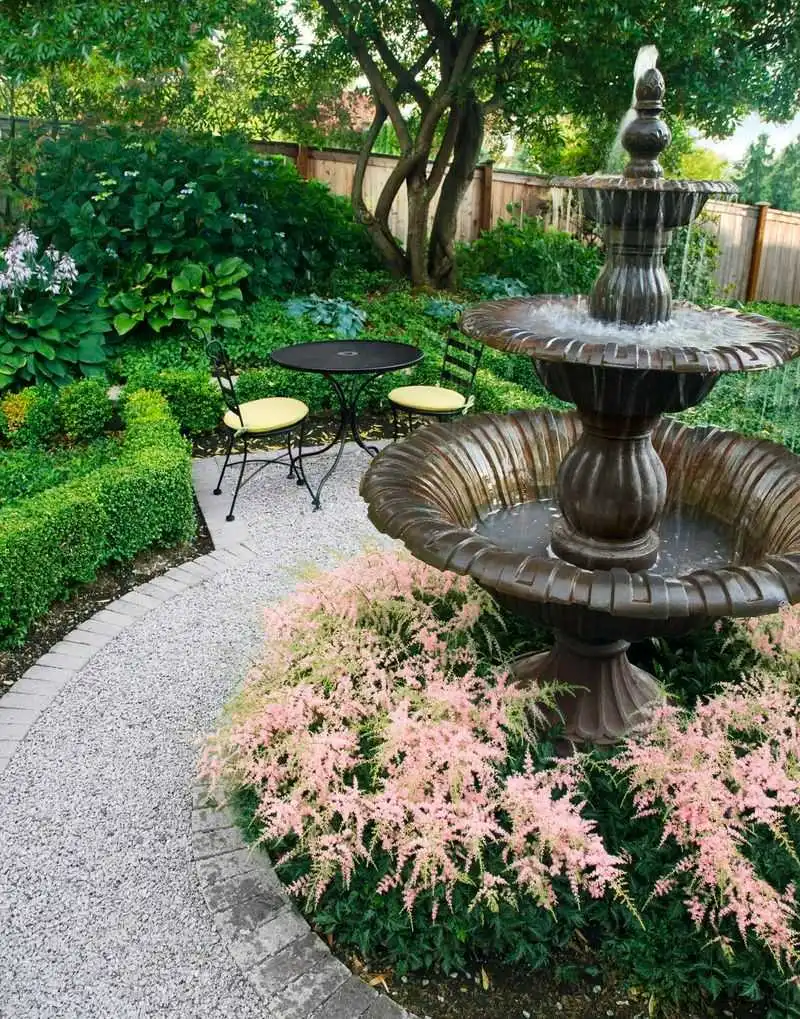
Water features, like fountains and ponds, can quickly become a maintenance nightmare. They require regular cleaning and can become a breeding ground for mosquitoes if not properly managed. The tranquil sound of water is lovely, but the upkeep can detract from your enjoyment. Instead of complex water systems, opt for simpler designs, like a bird bath or a small, low-maintenance water wall. These alternatives offer soothing water sounds and attract wildlife without the hassle. Picture a serene bird gently sipping from a clean, sparkling bird bath, adding life and movement to your garden.
Topiary Sculptures
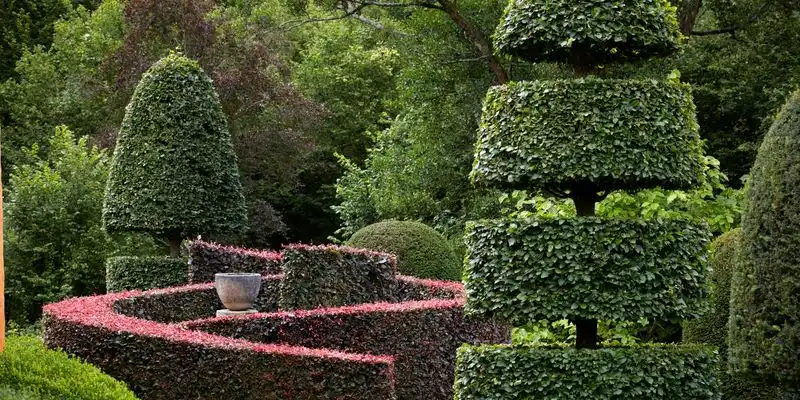
Topiary sculptures, while initially impressive, often fall out of favor due to their high upkeep. These living artworks demand constant trimming to maintain their shape and can quickly look neglected if not properly cared for. They also restrict plant growth, limiting biodiversity. Instead, consider incorporating native plants that require less maintenance and provide a more natural look. Imagine a garden with lush, native shrubs that blend seamlessly with the environment, offering a habitat for wildlife while still creating visual interest. This approach celebrates the natural beauty of plants without the constant need for pruning.
Neon-Colored Mulch

Neon-colored mulch seems like a fun way to brighten up a garden, but it often clashes with natural hues and detracts from the beauty of plants. Over time, the colors can fade, leaving a patchy and unattractive appearance. Additionally, some of these mulches can introduce chemicals into the soil. Instead, use natural wood or bark mulch, which enriches the soil and complements the garden’s natural tones. Picture a harmonious scene where warm, earthy mulch enhances the verdant foliage, creating a cohesive and serene garden space that invites relaxation.
Gravel Gardens Without Greenery
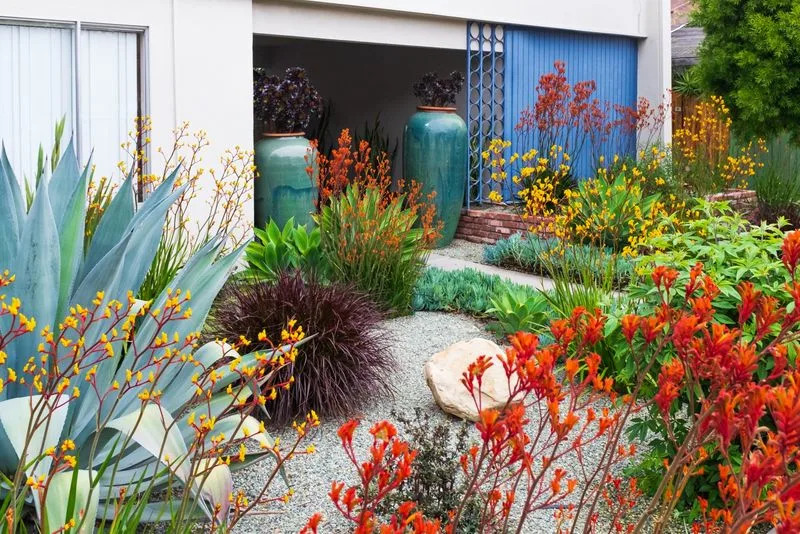
Gravel gardens might appeal for their simplicity and modernity, yet they often lack the vibrancy of greenery. Without plants, they can appear lifeless and uninviting. Over time, weeds can infiltrate the gravel, requiring regular maintenance to keep them at bay. Instead, combine gravel with drought-tolerant plants for a balanced approach that offers both texture and color. Imagine a garden where silvery sagebrush and colorful succulents peek through the gravel, creating a dynamic landscape that thrives with minimal watering and invites a diversity of insects and birds.
Plastic Planters
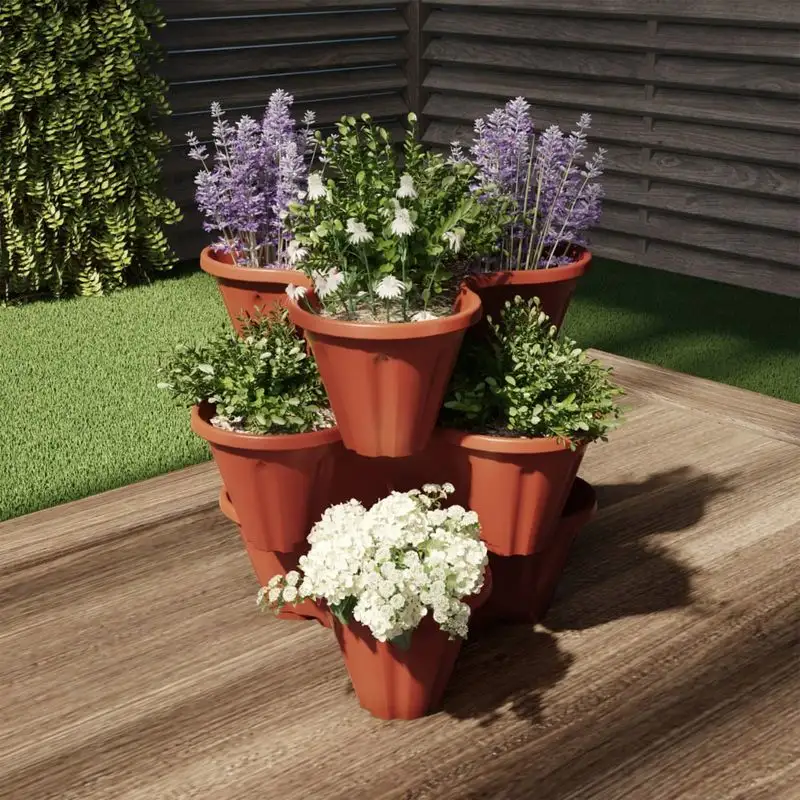
Plastic planters are lightweight and affordable, but they often degrade under prolonged sun exposure, breaking down and becoming brittle. Over time, their color fades, and they can become eyesores. They also contribute to plastic waste in the environment. Instead, opt for ceramic or clay pots, which are more durable and add an earthy charm to the garden. Imagine a garden adorned with an array of beautifully glazed ceramic pots, each vibrant with healthy plants, creating an inviting and aesthetically pleasing atmosphere. This upgrade not only enhances the garden’s appearance but also its sustainability.
Monoculture Planting

Monoculture planting might simplify garden design, but it’s a pathway to boredom and vulnerability to pests. When one species dominates, the garden becomes dull and can suffer if that plant gets sick. Instead, embrace biodiversity by incorporating a mix of plants, which encourages a healthier ecosystem and more resilience against pests. Imagine a vibrant tapestry of colors and textures, where each plant plays a vital role in supporting the garden’s health and beauty. This approach not only creates a visually stimulating garden but also fosters a sustainable environment.
Over-the-Top Garden Ornaments

Excessive garden ornaments can overwhelm and distract from the garden’s natural beauty. Too many statues, gnomes, and other decorations create visual clutter rather than charm. Instead, choose a few tasteful pieces that complement the garden’s theme. Picture a peaceful garden where a single, elegant sculpture or a couple of well-placed lanterns enhance the landscape without overpowering it. This restrained approach allows the garden’s natural elements to shine, creating a serene and welcoming outdoor space that feels personal and thoughtfully curated.
Native Plant Landscaping
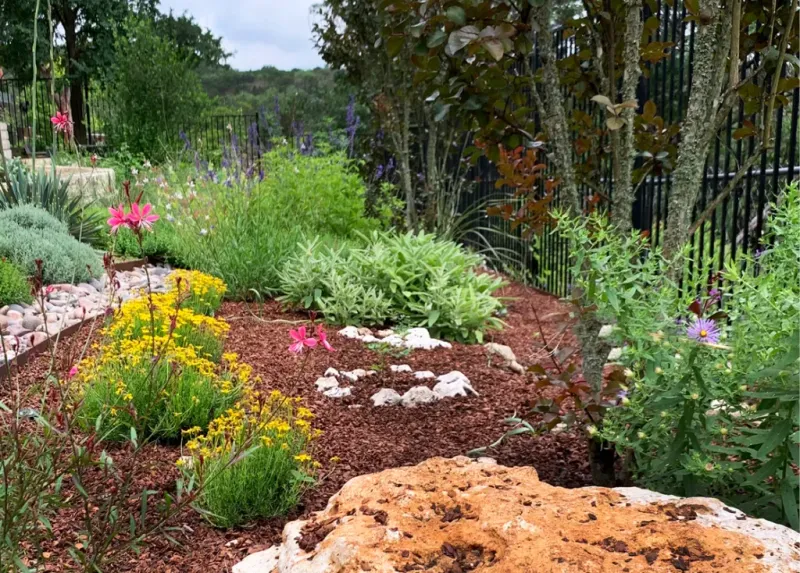
Embracing native plant landscaping is an upgrade that never goes out of style. Plants adapted to the local climate are more resilient, require less water, and support local biodiversity. They create a harmonious ecosystem that attracts beneficial insects and birds, enhancing the garden’s vitality. Picture a vibrant landscape filled with the colors and textures of native flora, alive with the flutter of butterflies and the song of birds. This garden not only looks beautiful but also helps preserve the natural environment, making it a sustainable choice for any gardener looking to make a positive impact.
Vertical Gardens

Vertical gardens are a brilliant upgrade for those with limited space or who wish to add more greenery to urban environments. They maximize space, create visual interest, and can be filled with herbs, flowers, or even vegetables. Imagine a wall transformed into a living tapestry of greenery, where tendrils cascade down like a verdant waterfall. This innovation not only beautifies vertical surfaces but also improves air quality and insulates buildings. Vertical gardening is a testament to the creative use of space, offering a refreshing and modern way to embrace nature in urban settings.
Permeable Paving

Permeable paving is a fantastic upgrade, redefining garden paths and driveways with environmental mindfulness. These surfaces allow rainwater to seep through, reducing runoff and helping recharge groundwater supplies. Visualize walking down a charming path where each stone supports rainwater’s journey back into the earth. This choice not only adds to the garden’s appeal but also supports sustainable water management. By choosing permeable materials, gardeners contribute to a healthier environment while creating aesthetically pleasing pathways that blend seamlessly with the natural landscape.
Wildlife Habitats
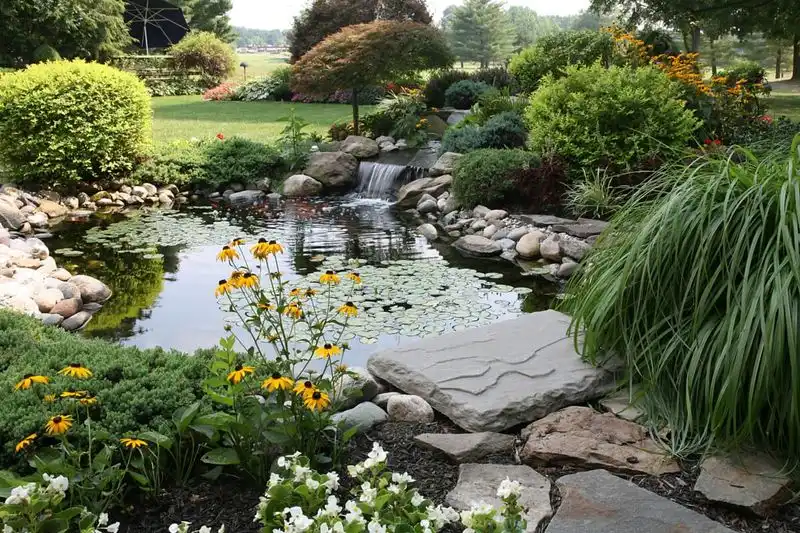
Creating wildlife habitats is an enriching upgrade that benefits both the garden and local fauna. By adding elements like birdhouses, bee hotels, and small water sources, you invite a diversity of creatures to coexist with you. Picture a garden buzzing with life, where birds flit between branches, bees pollinate flowers, and small creatures find refuge. This approach not only enhances the garden’s ecological value but also provides endless enjoyment and learning opportunities for garden observers of all ages. It’s a step towards a more balanced and lively outdoor space.
Edible Landscaping
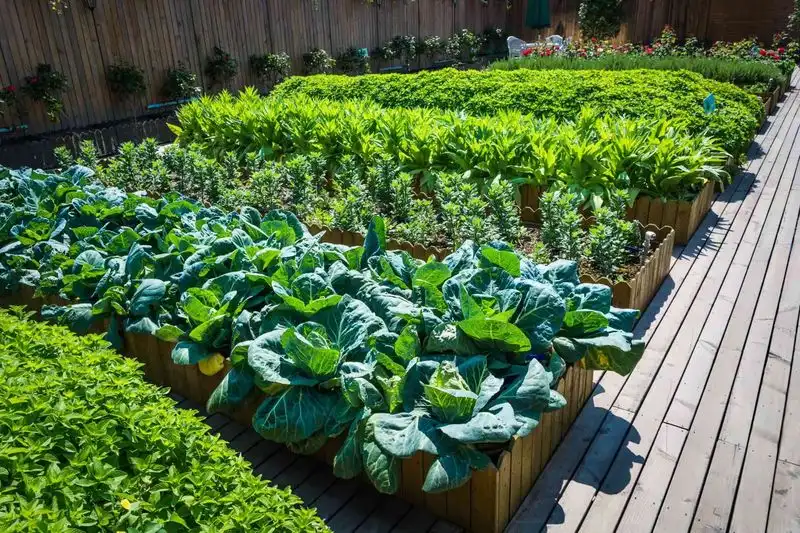
Edible landscaping combines beauty with functionality, transforming gardens into bountiful sources of fresh produce. Imagine a garden where borders overflow with fragrant herbs, vibrant tomatoes dangle from vines, and fruit trees offer seasonal delights. This approach not only provides delicious food but also encourages a closer connection to the garden. By growing your own produce, you contribute to a sustainable lifestyle, reduce carbon footprints, and enjoy the freshest flavors right from your backyard. Edible landscaping marries aesthetics with practicality, offering a rewarding experience for gardeners and food lovers alike.
Rain Gardens
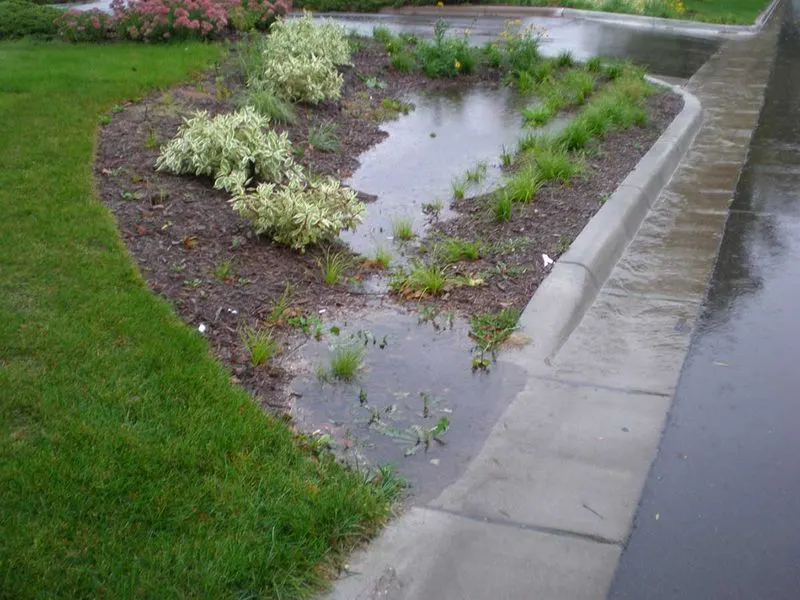
Rain gardens are a smart upgrade for managing stormwater runoff. These gardens are designed to absorb rainwater, reducing erosion and water pollution. Imagine a beautiful depression filled with native plants, where rainwater collects naturally and percolates into the ground. This garden not only minimizes water issues but also attracts wildlife and adds visual appeal with its diverse plant life. Rain gardens are a sustainable choice, offering a functional and eco-friendly solution to excess rainwater while enhancing the garden’s beauty. They symbolize the harmonious blend of utility and natural aesthetics.
Garden Lighting
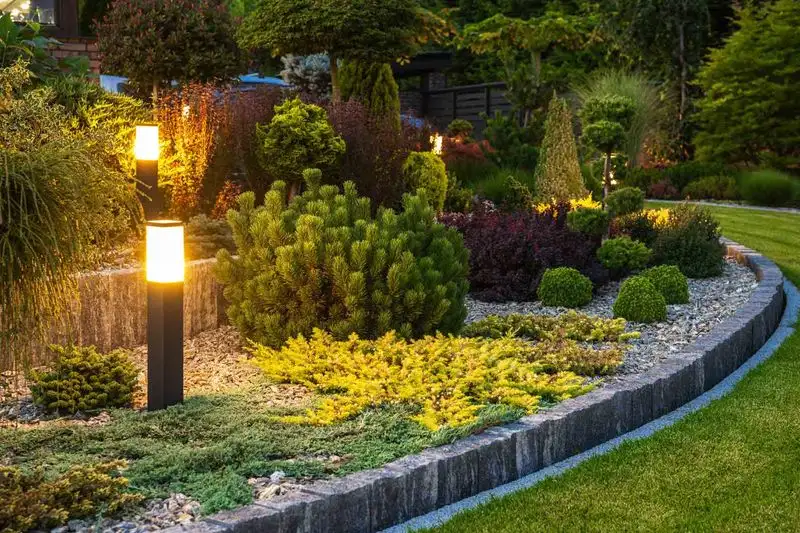
Garden lighting is an upgrade that brings gardens to life after sunset. Strategic lighting enhances pathways, highlights plants, and creates an inviting atmosphere. Imagine soft lights casting gentle glows on foliage and illuminating walkways, transforming the garden into a magical evening retreat. This approach not only extends the usability of outdoor spaces into the night but also adds safety and security. Whether through solar lights or low-voltage systems, garden lighting enhances the beauty and functionality of the garden, turning it into a captivating nocturnal landscape.
Composting Areas
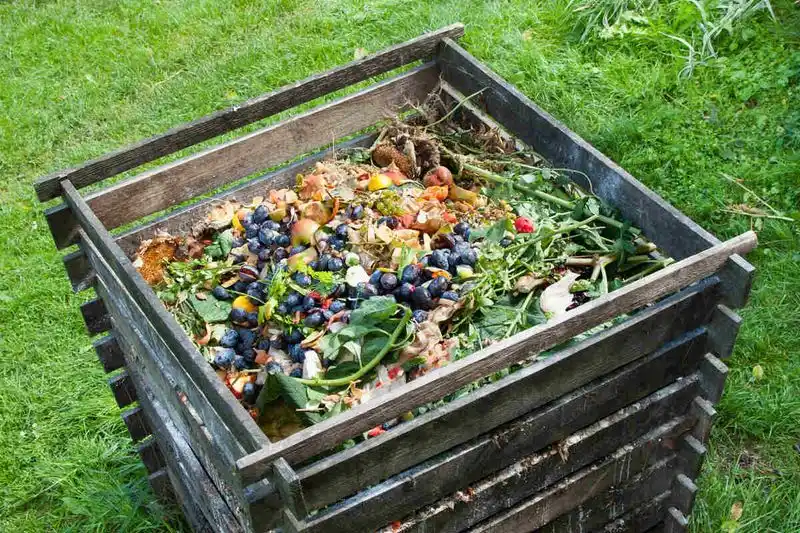
Composting areas are a practical upgrade, turning garden waste into nutrient-rich soil. Picture a discreet, well-maintained composting area where kitchen scraps and yard waste transform into black gold. This sustainable practice reduces waste and enriches garden soil, supporting healthy plant growth. Composting not only benefits the environment but also creates a sense of achievement as gardeners witness the cycle of decomposition and renewal. By integrating a composting area, you contribute to a sustainable garden ecosystem that nurtures plants while minimizing waste, fostering a greener future.

